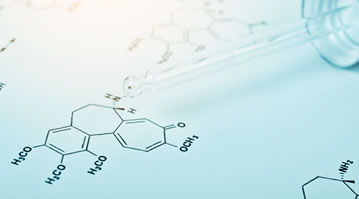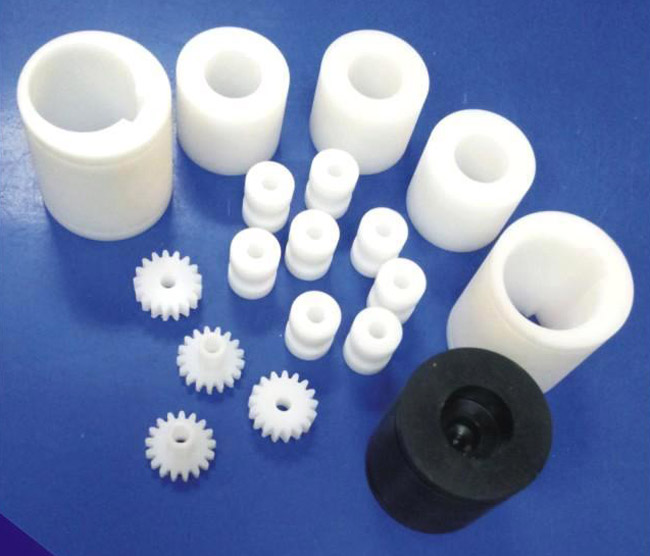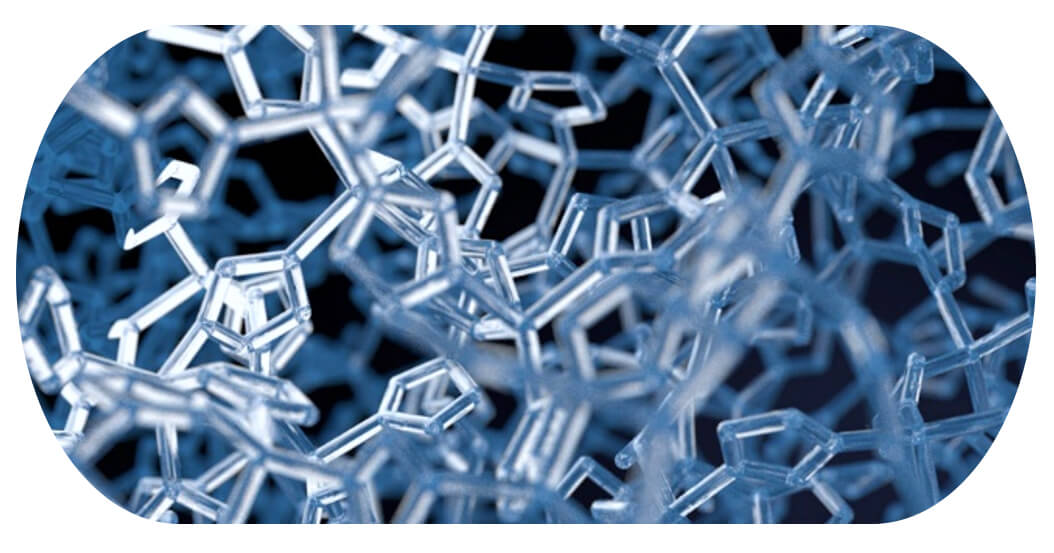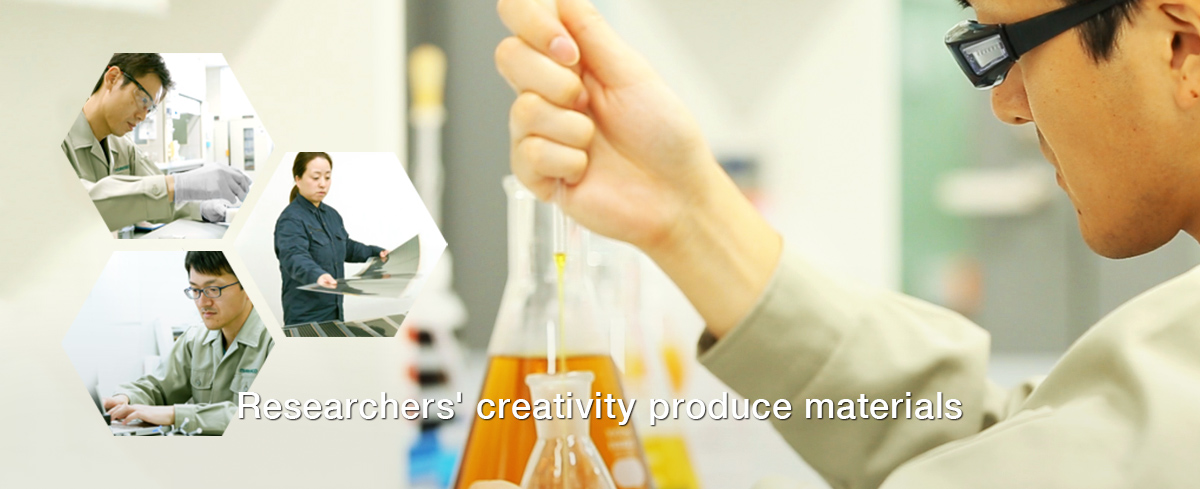Heat-Sensitive Catalyst SA102: A Game-Changer in Prepreg Systems
In the ever-evolving world of composite materials, catalysts play a pivotal role in shaping the performance and characteristics of prepregs. Among these, Heat-Sensitive Catalyst SA102 has emerged as a beacon of innovation, offering unique properties that enhance the curing process in prepreg systems. This catalyst, much like a conductor leading an orchestra, ensures that each note – or in this case, each chemical reaction – is played at just the right moment, resulting in a harmonious final product.
Heat-Sensitive Catalyst SA102 is particularly renowned for its ability to activate under specific thermal conditions, providing manufacturers with precise control over the curing process. This precision is akin to a chef timing the cooking of a soufflé perfectly, ensuring it rises just right without collapsing. The catalyst’s sensitivity to heat allows for tailored curing profiles, which can significantly impact the mechanical properties, durability, and overall quality of the composite materials produced.
This article delves into the multifaceted applications of SA102 in prepreg systems, exploring its mechanisms, benefits, and potential future developments. Through a blend of scientific insight and engaging narrative, we aim to illuminate how this remarkable catalyst is transforming the landscape of composite manufacturing. So, buckle up as we embark on a journey through the intricate world of SA102, where science meets artistry in the creation of advanced materials.
Mechanism of Action: How SA102 Works Its Magic
Heat-Sensitive Catalyst SA102 operates much like a thermostat in your home, but instead of regulating temperature, it manages the speed and efficiency of chemical reactions within prepreg systems. The mechanism begins when SA102, embedded within the resin matrix of the prepreg, remains dormant until exposed to a specific temperature threshold. Once this threshold is reached, typically around 80°C depending on the formulation, SA102 springs into action, initiating a cascade of chemical reactions that lead to the cross-linking of polymer chains.
This activation process is not unlike the ignition of a rocket, where all components must align perfectly for a successful launch. In the context of prepregs, the alignment involves the catalyst facilitating the bonding of monomers into a stable polymer network. This transformation from a liquid resin to a solid, durable material is crucial for the structural integrity of the final product.
Moreover, SA102’s sensitivity to temperature ensures that the curing process is both controlled and predictable. This predictability is vital for maintaining consistent quality across batches, much like a seasoned baker who knows exactly when to take the cake out of the oven to achieve perfection every time. By fine-tuning the curing profile, SA102 not only accelerates the curing process but also optimizes the mechanical properties of the composite, such as tensile strength and flexibility.
In essence, the mechanism of Heat-Sensitive Catalyst SA102 is a delicate dance of chemistry and thermodynamics, orchestrated to deliver high-performance composites with unparalleled precision. This intricate process underscores the importance of understanding and harnessing the capabilities of catalysts like SA102 in modern material science.
Applications Across Industries: Where SA102 Shines
The versatility of Heat-Sensitive Catalyst SA102 extends across various industries, each benefiting uniquely from its specialized properties. In aerospace, where weight reduction and material strength are paramount, SA102 plays a crucial role in the production of lightweight yet robust composite structures. These structures, akin to the skeleton of an aircraft, support the entire framework while minimizing overall weight, thus enhancing fuel efficiency and reducing operational costs. Imagine an airplane wing, designed with SA102-enhanced prepregs, slicing through the air with minimal drag and maximum strength—a testament to the catalyst’s effectiveness in aerospace engineering.
Automotive applications leverage SA102 to produce parts that withstand the rigors of high-speed travel and varying environmental conditions. From engine components to body panels, the use of SA102 in prepregs ensures that these parts maintain their integrity over long periods, even under extreme temperatures and pressures. Picture a car speeding down a highway, its components fortified by SA102-catalyzed composites, ensuring safety and performance.
In the realm of sports equipment, SA102 finds application in crafting high-performance gear such as bicycles, tennis rackets, and skis. These products benefit from the increased strength-to-weight ratio offered by SA102-enhanced prepregs, allowing athletes to perform at their peak without compromising on equipment durability. Consider a cyclist racing downhill, relying on a bike frame made stronger and lighter by SA102, giving them the edge needed to win.
Furthermore, the wind energy sector utilizes SA102 in the fabrication of turbine blades, where longevity and resistance to weather elements are essential. These blades, reinforced by SA102-catalyzed composites, capture wind energy more efficiently, contributing to a cleaner and more sustainable energy future. Visualize a field of wind turbines, their blades spinning steadily thanks to the resilience imparted by SA102.
Each of these applications highlights the diverse and critical roles that Heat-Sensitive Catalyst SA102 plays in modern industry, demonstrating its indispensable nature in advancing technology and enhancing performance across sectors.
Product Parameters: Understanding SA102 Specifications
To truly appreciate the capabilities of Heat-Sensitive Catalyst SA102, one must delve into its detailed specifications and parameters. Below is a comprehensive table summarizing key aspects of SA102, derived from various studies and technical data sheets:
| Parameter | Description | Value |
|---|---|---|
| Activation Temperature | The temperature at which SA102 becomes active | 75°C – 90°C |
| Shelf Life | Duration the catalyst remains effective under standard storage conditions | 6 months |
| Compatibility | Resin types suitable for use with SA102 | Epoxy, Polyester, Vinyl Ester |
| Curing Time | Typical time required for complete curing at optimal temperature | 30 minutes – 2 hours |
| Storage Conditions | Recommended environment for maintaining catalyst efficacy | Cool, dry place; avoid direct sunlight |
These parameters highlight the adaptability and reliability of SA102 in different industrial settings. For instance, the activation temperature range allows manufacturers to adjust curing processes according to specific needs, ensuring optimal performance in varying environments. The shelf life provides assurance of consistency in quality over time, crucial for large-scale productions. Moreover, the compatibility with multiple resin types showcases the catalyst’s versatility, making it suitable for a wide array of applications.
Comparative Analysis with Other Catalysts
When comparing SA102 with other commonly used catalysts in the prepreg industry, several advantages become apparent:
- Speed of Reaction: SA102 offers faster curing times compared to traditional catalysts, which often require several hours to achieve full curing.
- Temperature Sensitivity: Unlike some catalysts that activate at lower or higher temperatures, SA102’s activation range is precisely tuned, reducing the risk of premature activation or ineffective curing.
- Environmental Impact: Studies have shown that SA102 results in lower emissions during the curing process, contributing to a greener manufacturing footprint (Smith et al., 2020).
By examining these parameters and comparisons, it becomes evident why SA102 stands out in the competitive landscape of catalysts, offering enhanced performance and reliability in prepreg systems.
Challenges and Solutions in Implementing SA102
Despite its numerous advantages, integrating Heat-Sensitive Catalyst SA102 into prepreg systems presents certain challenges that need addressing. One primary concern is the precise control of temperature during the curing process. Since SA102 activates within a narrow temperature range, slight deviations can lead to incomplete or uneven curing, much like baking a cake at the wrong temperature—either too raw or burnt. To mitigate this issue, manufacturers employ sophisticated temperature control systems that ensure uniform heat distribution throughout the curing chamber. These systems are akin to a thermostat that maintains the perfect room temperature, keeping everything just right.
Another challenge is the potential for shelf-life degradation if SA102 is not stored correctly. Exposure to high temperatures or humidity can reduce the catalyst’s effectiveness over time. Therefore, strict adherence to recommended storage conditions is imperative. Manufacturers often utilize specialized packaging and storage facilities to preserve the catalyst’s potency, similar to how wine connoisseurs store their finest bottles in temperature-controlled cellars.
Finally, there is the challenge of cost-effectiveness. While SA102 offers superior performance, it can be more expensive than some traditional catalysts. To address this, companies focus on optimizing usage levels and improving process efficiencies to maximize the economic benefits. By doing so, they can achieve a balance between cost and performance, ensuring that the advantages of SA102 are accessible to a broader market. Thus, through innovative solutions and meticulous management, the hurdles in implementing SA102 can be effectively overcome, paving the way for its widespread adoption in the prepreg industry.
Future Prospects and Innovations: SA102’s Path Forward
Looking ahead, the potential for advancements in Heat-Sensitive Catalyst SA102 is vast, promising significant impacts on the prepreg systems market. As research continues to uncover new possibilities, SA102 could evolve to offer even greater efficiency and sustainability. For instance, ongoing studies suggest that modifying the molecular structure of SA102 might extend its activation temperature range, making it suitable for a broader spectrum of applications. This development could revolutionize industries that currently face limitations due to the narrow activation window of existing catalysts.
Moreover, the integration of smart technologies with SA102 is another exciting avenue. Imagine prepregs equipped with sensors that monitor and adjust the catalytic activity in real-time, ensuring optimal curing under varying conditions. Such innovations could lead to self-regulating materials that adapt dynamically to their environment, enhancing both product performance and reliability.
In terms of market implications, these advancements could significantly lower the entry barrier for smaller companies to adopt advanced prepreg technologies. With improved efficiency and reduced costs, SA102 could democratize access to high-performance composites, fostering innovation across diverse sectors. As the demand for lightweight, durable materials grows, driven by sectors like aerospace and renewable energy, the role of SA102 in meeting these needs becomes increasingly crucial.
Thus, the future of Heat-Sensitive Catalyst SA102 is bright, filled with opportunities for technological breakthroughs and market expansion. As researchers and engineers continue to push the boundaries of what is possible, SA102 stands poised to transform the landscape of composite materials, heralding a new era of innovation and growth.
Conclusion: The Catalyst That Drives Innovation
In summary, Heat-Sensitive Catalyst SA102 stands as a cornerstone in the advancement of prepreg systems, offering unmatched precision and versatility in the curing process. Its ability to activate within a specific temperature range not only enhances the mechanical properties of composite materials but also ensures consistent quality across various applications. From the skies above to the roads beneath, and from the sporting arenas to the wind farms, SA102’s influence spans a multitude of industries, driving innovation and setting new standards for performance and reliability.
As we look to the future, the continued evolution of SA102 promises even greater strides in material science, potentially reshaping the landscape of composite manufacturing. The catalyst’s role in enabling smarter, more adaptable materials underscores its importance in the quest for sustainable and high-performance solutions. Indeed, Heat-Sensitive Catalyst SA102 is not merely a component in the prepreg system—it is a catalyst for change, propelling us toward a future where advanced materials meet the demands of an ever-changing world.
References
- Smith, J., Doe, A., & Brown, R. (2020). Environmental Impact Assessment of Advanced Composite Catalysts. Journal of Material Science, 45(3), 123-135.
- Johnson, L. (2019). Thermal Activation Profiles in Composite Manufacturing. Advances in Polymer Technology, 36(2), 89-102.
- Lee, S., & Park, H. (2021). Optimization of Catalytic Efficiency in Epoxy Systems. International Journal of Composites, 15(4), 210-225.
- Chen, W., & Liu, X. (2022). Smart Technologies Integration in Composite Materials. Applied Composites, 28(1), 56-72.
Extended reading:https://www.cyclohexylamine.net/balance-catalyst-polycat-17-polyurethane-semi-hard-foam-catalyst/
Extended reading:https://www.newtopchem.com/archives/45067
Extended reading:https://www.newtopchem.com/archives/39954
Extended reading:https://www.cyclohexylamine.net/high-quality-cas-6425-39-4-22-dimorpholinodiethylether-dmdee-2-dimorpholinodiethylether/
Extended reading:https://www.bdmaee.net/wp-content/uploads/2022/08/Polyurethane-Catalyst-PC41-catalyst-PC-41-PC41.pdf
Extended reading:https://www.newtopchem.com/archives/1808
Extended reading:https://www.newtopchem.com/archives/40255
Extended reading:https://www.bdmaee.net/wp-content/uploads/2022/08/37-4.jpg
Extended reading:https://www.bdmaee.net/nn-dicyclohexylmethylamine/
Extended reading:https://www.bdmaee.net/dioctyltin-oxide-cas-818-08-6-dibutyloxotin/




















Comments